NNSA Delays Urgent Research on Plutonium “Pit” Aging But Spends Billions on Nuclear Weapons Bomb Cores
![]() This week, CCNS highlights portions of a recent press release by Nuclear Watch New Mexico, Tri-Valley Communities Against a Radioactive Environment (Tri-Valley CARES), and the Savannah River Site Watch about the National Nuclear Security Administration (NNSA).
This week, CCNS highlights portions of a recent press release by Nuclear Watch New Mexico, Tri-Valley Communities Against a Radioactive Environment (Tri-Valley CARES), and the Savannah River Site Watch about the National Nuclear Security Administration (NNSA).  Their piece suggests NNSA does not have its priorities straight in neither producing up-to-date information on the way plutonium appears to age nor providing this information in a timely manner to the public. The entire press release is here: 240417 NWNM SRSW TVC Plutonium-Aging-PR
Their piece suggests NNSA does not have its priorities straight in neither producing up-to-date information on the way plutonium appears to age nor providing this information in a timely manner to the public. The entire press release is here: 240417 NWNM SRSW TVC Plutonium-Aging-PR
The press release reads: “Nearly three years after filing a Freedom of Information Act request, the public interest group Savannah River Site Watch has finally received [] the congressionally required Research Program Plan for Plutonium and Pit Aging. However, the document is 40% blacked out, including references and acronyms. 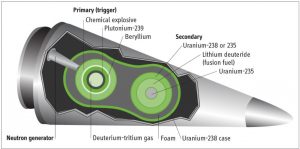 Plutonium ‘pits’ are the radioactive cores of all U.S. nuclear weapons. The NNSA claims that potential aging effects are justification for a ~$60 billion program to expand production. However, the Plan fails to show that aging is a current problem. To the contrary, it demonstrates that NNSA is delaying urgently needed updated plutonium pit aging research.
Plutonium ‘pits’ are the radioactive cores of all U.S. nuclear weapons. The NNSA claims that potential aging effects are justification for a ~$60 billion program to expand production. However, the Plan fails to show that aging is a current problem. To the contrary, it demonstrates that NNSA is delaying urgently needed updated plutonium pit aging research.
“In 2006 independent scientific experts known as the JASONs concluded that plutonium pits last at least 85 years without specifying an end date. The average pit age is now around 40 years. A 2012 follow-on study by the Lawrence Livermore nuclear weapons lab concluded:
“’This continuing work shows that no unexpected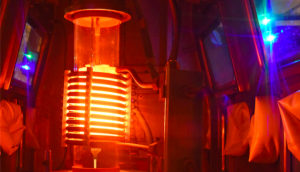 aging issues are appearing in plutonium that has been accelerated to an equivalent of [approximately] 150 years of age. The results of this work are consistent with, and further reinforce, the Department of Energy Record of Decision to pursue a limited pit manufacturing capability in existing and planned facilities at Los Alamos instead of constructing a new, very large pit manufacturing facility…’
aging issues are appearing in plutonium that has been accelerated to an equivalent of [approximately] 150 years of age. The results of this work are consistent with, and further reinforce, the Department of Energy Record of Decision to pursue a limited pit manufacturing capability in existing and planned facilities at Los Alamos instead of constructing a new, very large pit manufacturing facility…’
 “Since then NNSA has reversed itself. In 2018 the agency decided to pursue the simultaneous production of at least 30 pits per year at the Los Alamos National Laboratory (LANL) in northern New Mexico and at least 50 pits per year at the Savannah River Site (SRS) in South Carolina. Upgrades to plutonium facilities at LANL are slated to cost $8 billion over the next five years. The redundant Savannah River Plutonium Processing Facility in South Carolina will cost up to $25 billion, making it the second most expensive building in human history.
“Since then NNSA has reversed itself. In 2018 the agency decided to pursue the simultaneous production of at least 30 pits per year at the Los Alamos National Laboratory (LANL) in northern New Mexico and at least 50 pits per year at the Savannah River Site (SRS) in South Carolina. Upgrades to plutonium facilities at LANL are slated to cost $8 billion over the next five years. The redundant Savannah River Plutonium Processing Facility in South Carolina will cost up to $25 billion, making it the second most expensive building in human history.
“Hundreds of billions of taxpayers’ dollars and future international nuclear weapons policies are at stake. …
- Friday, April 26, 2024 from noon to 1 pm MT –
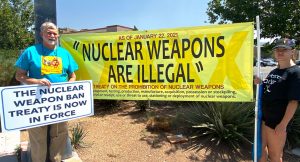 Join the weekly peaceful protest for nuclear disarmament on the four corners of Alameda and Sandoval in downtown Santa Fe with Veterans for Peace, CCNS, Nuclear Watch NM, Loretto Community, Pax Christi, Nonviolent Santa Fe, New Mexico Peace Fests, and others. Join us!
Join the weekly peaceful protest for nuclear disarmament on the four corners of Alameda and Sandoval in downtown Santa Fe with Veterans for Peace, CCNS, Nuclear Watch NM, Loretto Community, Pax Christi, Nonviolent Santa Fe, New Mexico Peace Fests, and others. Join us!
- Thursday, April 25th at 6 pm MT –
 Nuclear Energy Information Service will host historian and author, Jacob Hamlin, for its monthly “Night with the Experts.” Registration for the Zoom is required. Hamlin will explore promotion of atomic energy “solutions” around the world, the role of “the peaceful atom” in propaganda, and connections between nuclear energy and environmental crises. He will also comment about the reception of his 2021 book The Wretched Atom. Hamlin is principal investigator on the Oregon State University OSU Downwinders Project for the Hanford Nuclear Site Downwinders. The Project develops archival collections, conducts oral histories, and researches the history of radiation and dose reconstruction related to cancer victims and nuclear sites. Last year, he co-edited Making the Unseen Visible: Science and the Contested Histories of Radiation Exposure.
Nuclear Energy Information Service will host historian and author, Jacob Hamlin, for its monthly “Night with the Experts.” Registration for the Zoom is required. Hamlin will explore promotion of atomic energy “solutions” around the world, the role of “the peaceful atom” in propaganda, and connections between nuclear energy and environmental crises. He will also comment about the reception of his 2021 book The Wretched Atom. Hamlin is principal investigator on the Oregon State University OSU Downwinders Project for the Hanford Nuclear Site Downwinders. The Project develops archival collections, conducts oral histories, and researches the history of radiation and dose reconstruction related to cancer victims and nuclear sites. Last year, he co-edited Making the Unseen Visible: Science and the Contested Histories of Radiation Exposure.
- From Wednesday, March 6 to May 15 (Bi- Weekly) from noon to 1 pm Mountain Time –
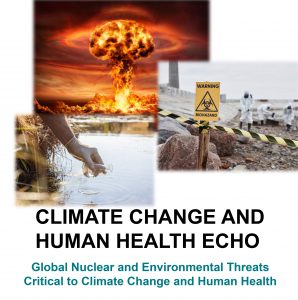 UNM Climate Change and Human Health ECHO Program: Global Nuclear and Environmental Threats Critical to Climate Change and Human Health. https://iecho.org/echo-institute-programs/climate-change-and-human-health
UNM Climate Change and Human Health ECHO Program: Global Nuclear and Environmental Threats Critical to Climate Change and Human Health. https://iecho.org/echo-institute-programs/climate-change-and-human-health
May 1st – Identifying the Source of Chemical Solvents and Their Health-Related Impacts and Microplastics are Here. Speakers are:
- Michelle Hunter, MS – Deputy Director, New Mexico Interstate Stream Commission, The Office of the State Engineer
- Matthew J. Campen, PhD – Regents Professor, Department of Pharmaceutical Sciences Director, UNM Environmental Health Signature Program
Tags: FOIA, Freedom of Information Act, GAO, Government Accountability Office, JASONs, LANL, Lawrence Livermore nuclear weapons lab, Los Alamos National Laboratory, National Nuclear Security Administration, Research Program Plan for Plutonium and Pit Aging, Savannah River Plutonium Processing Facility, Savannah River Site, Savannah River Site Watch, South Carolina, SRS, Tom Clements


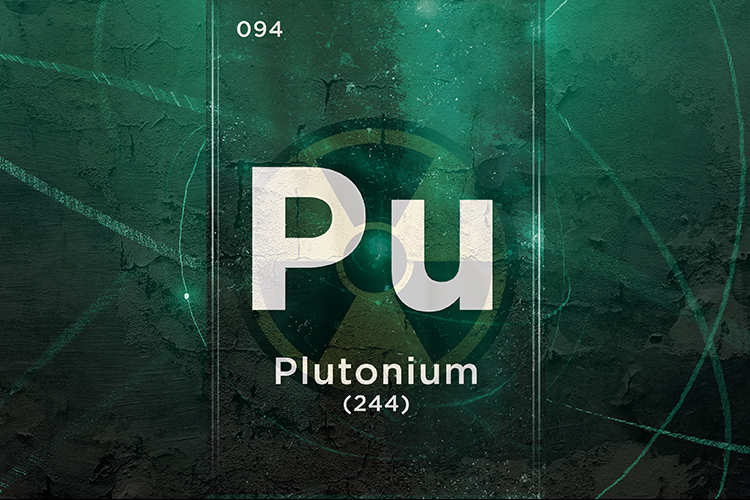













Comments
No comments so far.